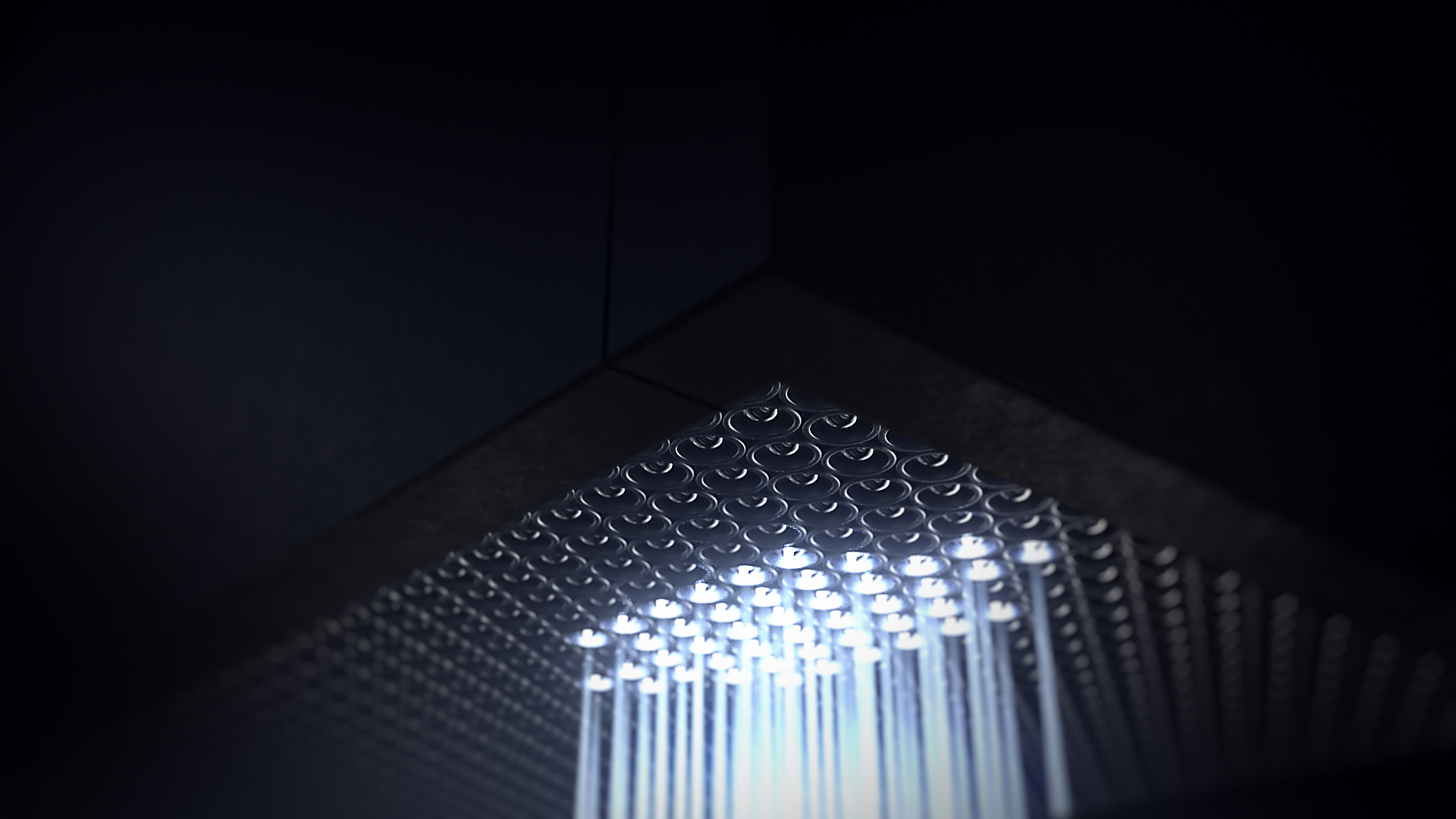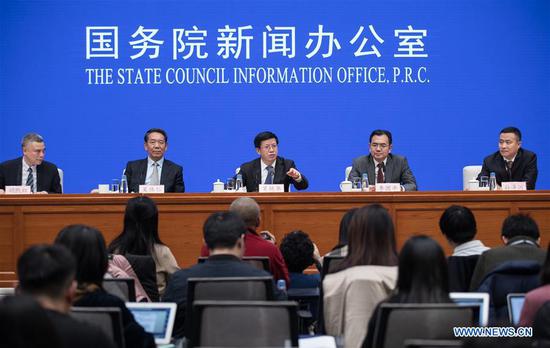As 2019 comes to a close, 3D Printing Industry takes a look back at the year to see how additive manufacturing has not only changed but expanded into various sectors. In the month of January, new safety standards in metal 3D printing and patents for a holographic 3D printer were established, as well as international plans to build 3D printed bases on the moon.
The following article records several standout developments from the first month of 2019.
BP and 3D printing
Opening the month, British multinational oil and gas company BP confirmed that it is using 3D printing to manufacture components for its petrochemicals business. The company previously integrating additive manufacturing to produce parts for its chemicals division, including agitators used inside catalytic reactors.
David Eyton, BP’s head of technology, stated that “It could be transformational for product supply chains [as] you can make it where you need it.”

“million laser” technology
Towards the end of 2018, EOS revealed details of an upcoming “million laser” technology known as LaserProFusion. In January this year, 3D Printing Industry followed up with Güngör Kara, EOS Chief Digital Officer, and Nikolai Zapernick, EOS’ Senior Vice President Central Europe to find out how this technology is working towards mass production.
“[Against] injection moulding it will never compete with 100,000 parts, but [LaserProFusion] will challenge in the 5,000 – 10,000 range with customization,” demonstrates,” said Zapernick. “The idea is that this would be 24/7 continuous production, and if you need a different part, you can just add it into the build and its produced in minutes/hours rather than months.”

Patents for holographic and magnetic 3D printing
American multinational IT company IBM, filed a patent relating to “3D printing on the surface of an acoustic hologram.” First submitted in June 2017, this patent presents an invention with the potential to fabricate a hollow object in a single step.
A patent from Nataša Muševič, director of Research and Development at small-scale manufacturing provider and consultancy Zavod Park in Slovenia, was also published for a method of support-free 3D printing that harnesses “magnetic levitation.”
A new set of standards
UL, the global safety consulting and certification firm based in Illinois, launched a Blue Card for additive manufacturing materials to aid manufacturers to reach their potential customers.
ASTM International, also partnered with Innovate UK, the British Standards Institution (BSI), and the UK Manufacturing Technology Centre (MTC) in Coventry, to develop technical standards for directed energy deposition (DED).
Moreover, the Metal Powder Industries Federation (MPIF) published A Collection of Powder Characterization Standards for Metal Additive Manufacturing, as a compilation of nine existing test methods relating to metallic powdered feedstock.

International commitments to additive manufacturing
In an update of Decree No. 2018-1057, which came into force January 1 2019, the French Government placed further control over foreign investment into sensitive technology sectors, including additive manufacturing. More specifically, the activity is listed as research and development concerning “cybersecurity artificial intelligence, robotics, additive manufacturing, [and] semiconductors.”
Furthermore, the China National Space Administration (CNSA) announced plans to be the first country to establish a base on the moon using additive manufacturing. Speaking on the matter, Wu Yanhua, deputy head of the CNSA, stated, “We hope [to] test some technologies, and do some exploring for the building of a joint lunar base shared by multiple countries. For example, can we build houses on the moon with lunar soil using 3D printing technology?”

Academic research leveraging additive manufacturing
3D Printing Industry launched CrAMmed, a 3D printing digest based on the latest academic additive manufacturing research. One of the studies included in the first edition explores the effects of gelatin methacryloyl (GelMA) concentration on cardiac myocytes and fibroblasts, which are used to 3D print heart tissue.
For the latest 3D Printing Industry news, subscribe to our 3D Printing Industry newsletter, follow us on Twitter and like us on Facebook.
Looking for a fresh start in the new year? Visit 3D Printing Jobs to get a head start.
Featured image shows concept art for the future LaserProFusion system. Image via EOS.

